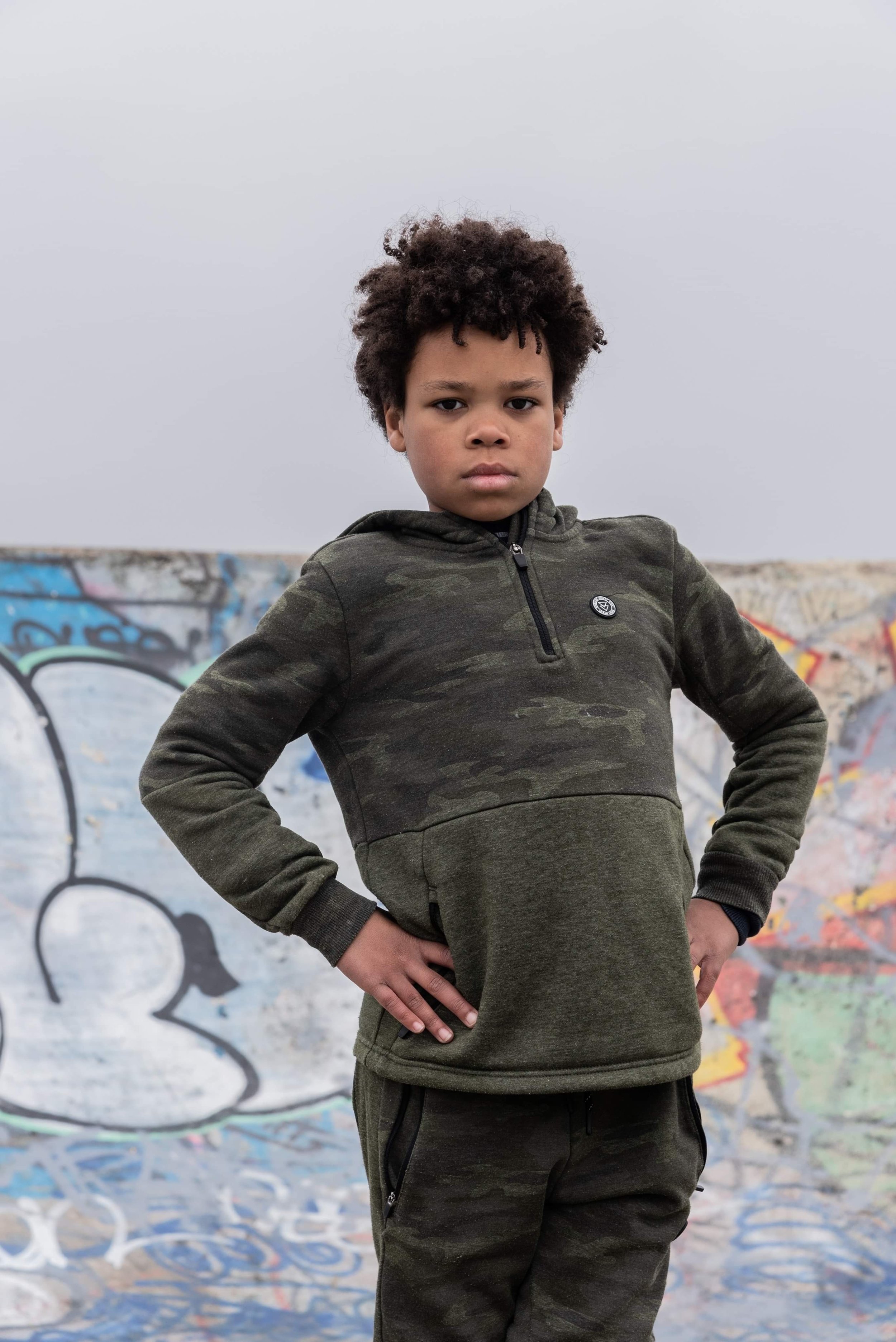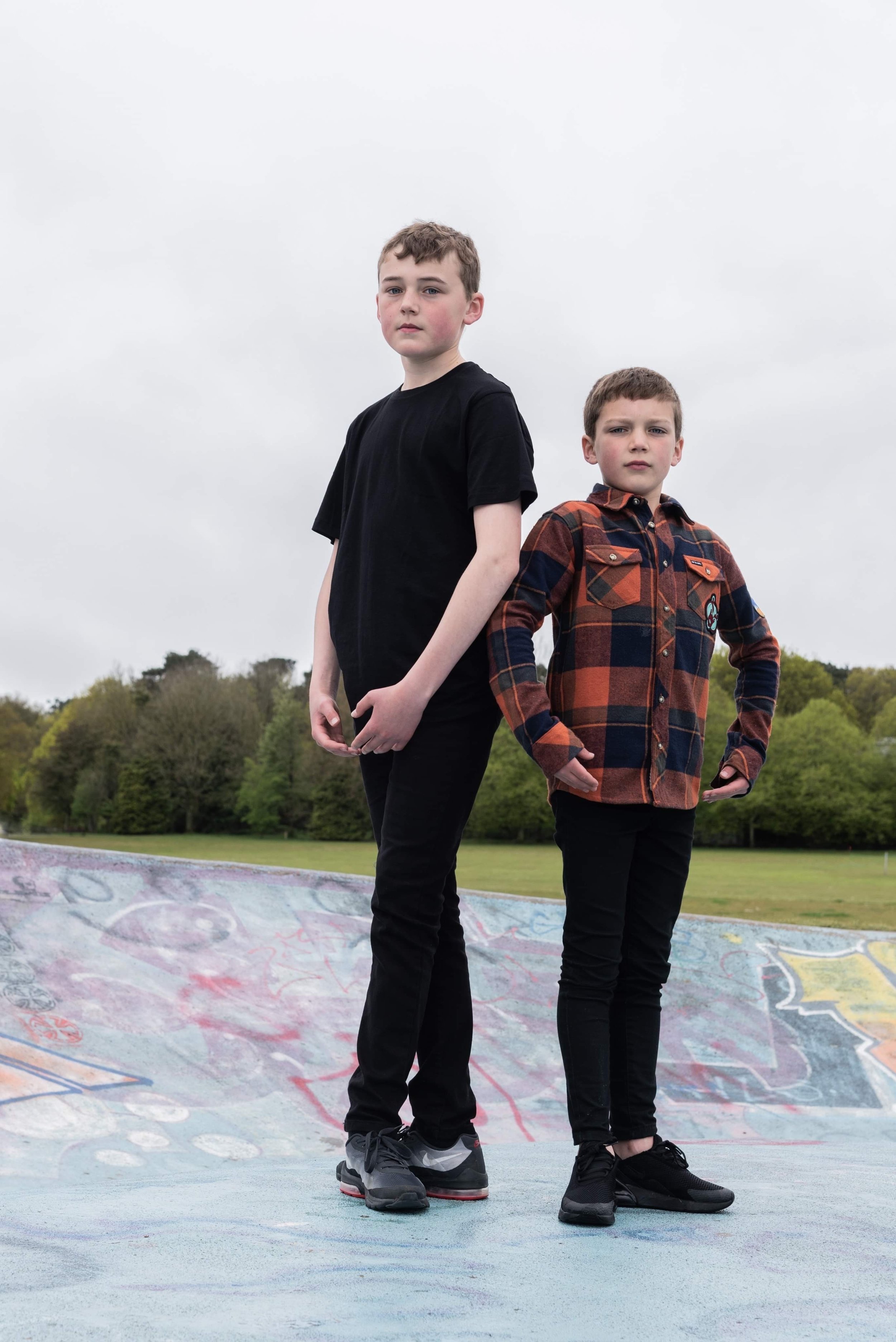Boys Will Be Boys.
To celebrate the first National Boys Dance Day on 23rd October, portraits of more than 30 male ballet dancers are being exhibited by multi-award-winning photographer, Jayne Jackson.
The ‘Boys will be Boys’ project documents different interests and identities of teen and
pre-teen boys.



National Boys Dance Day>
was founded by Dance Principal Natalie Pearl in 2021, after she noticed that despite the many national days for all sorts of things dance-related, none of them recognised male dance. The day is a celebration of everything remarkable about male dancers - the strength, the passion, the athleticism, the artistry and the sheer beauty. It also aims to tackle the stereotypes and challenges that prevent many boys from pursuing dance.
Natalie commented: “Here we are in 2021, how can we still be surrounded by out-dated stereotypes and stigma about boys? ‘Boys will be Boys’ celebrates everything that is so incredible about boys dancing. The power and strength of a generation of boys for whom dance is their passion on so many levels. My boys from First Position School of Dance and I are honoured to be a part of this awe-inspiring and much needed project.”
In her new exhibition, award-winning photographer Jayne Jackson explores male identity in a poignant and positive series. Male dancers from First Position School of Dance are pictured enjoying other passions, such as skating, football, music, tennis and basketball, alongside their shared love of ballet.
It challenges the toxic notion that boys’ interests should be limited to stereotypically ‘male’ norms. According to the Children’s Society, in today’s world, “young men are constantly confronted by toxic male culture and images of what it is to 'be a man'”.
Positive representation, such as Jackson’s series, is essential for empowering children to grow up and be who they want to be, unfazed by out-dated gender stereotypes.
Gerard Charles, Artistic Director of the Royal Academy of Dance commented: “We believe that everybody can dance, and there should be no barriers or stigmas to prevent anyone from benefiting from being moved by dance. Jayne Jackson’s photographs strikingly represent RAD teacher Natalie Pearl’s wonderful students and how dance can be part of any of us.
We are so inspired to see the personal fulfilment and accomplishment of them all displayed in this project. We join Ms. Pearl in proactively encouraging more male-identifying dancers, and to increase accessibility and participation for all levels and ages.”

